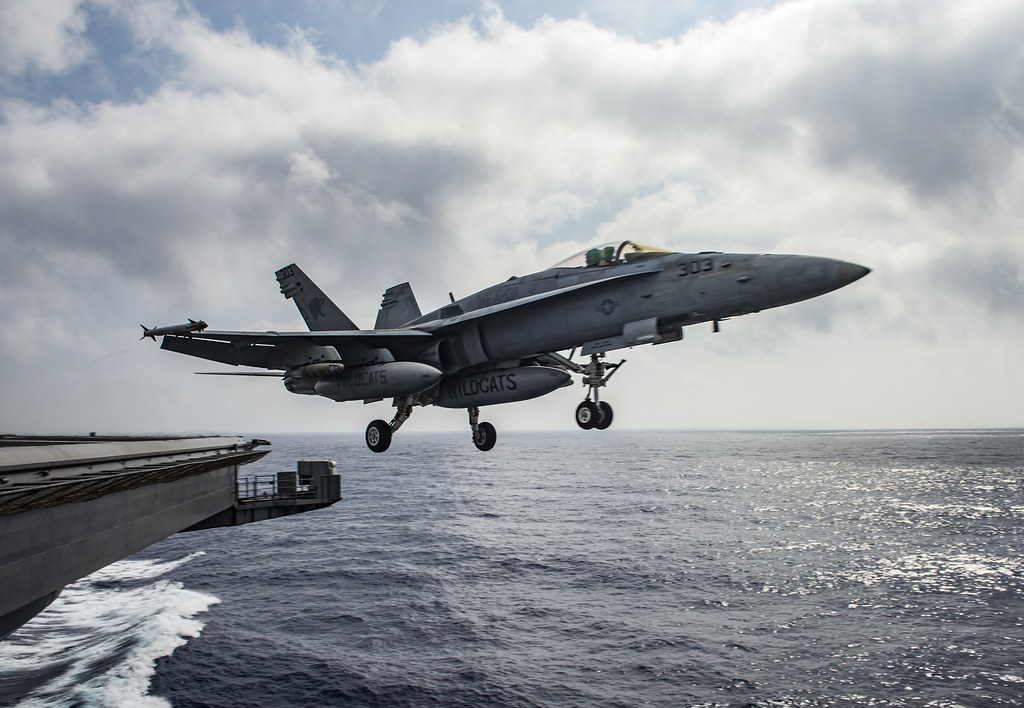
The A-12 Avenger II, a project once championed as the U.S. Navy’s next-generation carrier-based stealth bomber, stands as a stark reminder of the pitfalls of defense procurement.

Coined the “flying Dorito” for its distinctive triangular shape, the A-12 promised a state-of-the-art stealth bomber capable of replacing the venerable Intruder, yet it fell short, becoming a symbol of waste, inefficiency, and strategic misalignment.

Announced with significant fanfare and ambition, the A-12 Avenger II was to embody the cutting edge of military aviation technology.

Designed to blend the destructive prowess of a bomber with the agility of a fighter, the A-12’s inception was in an era where military planners envisioned a game-changer for U.S. naval aviation.

However, a series of cost overruns, technical challenges, and strategic doubts would soon cast a shadow over the project.

Despite the initial enthusiasm that even led to the Marine Corps ordering a sizeable fleet and the Air Force considering adopting the A-12, the ambitious project quickly became embroiled in a quagmire of technical and financial difficulties.

The program’s cancellation in 1991 by then-Secretary of Defense Dick Cheney after an expenditure of approximately $5 billion marked the largest project termination in U.S. Defense Department history, igniting a legal firestorm between the government and contractors McDonnell Douglas and General Dynamics.

The A-12 was envisioned as a stealthy bomber with a minimal radar signature, a relatively small fuselage, and shorter wingspans tailored for the confined space of an aircraft carrier.

It boasted an internal weapons bay designed for reduced drag and was poised to carry a range of ordnance, including air-to-ground and air-to-air missiles.

The Navy and Marine Corps’ plans to procure a fleet totaling 858 aircraft, with the first due to enter service around 1995, underscored the scale of the envisioned transformation.

As the A-12 was being developed, Vice Admiral Richard Dunleavy, the Deputy Chief of Naval Operations (Air), on 5 March 1990, it became clear that the project was veering off course.

He had expressed optimism for the aircraft, stating, “I like what I see and [it] will be a good airplane.” This enthusiasm, however, was not enough to overcome the burgeoning weight issues and manufacturing complexities that plagued the A-12.

The aircraft never took to the skies, falling short of its design specifications and succumbing to the labyrinthine procurement processes imposed by Congress and the Pentagon’s own bureaucratic hurdles.

With estimated production unit costs soaring to $96 million, the program was over budget and delayed by 18 months.

Ultimately, the Navy had to turn to the F/A-18 Hornet, in its later iterations, to fill the role initially destined for the A-12.
Relevant articles:
– The U.S. Air Force’s A-12 Avenger II Stealth Bomber Nightmare, The National Interest
– The Avenger That Couldn’t Avenge, U.S. Naval Institute

